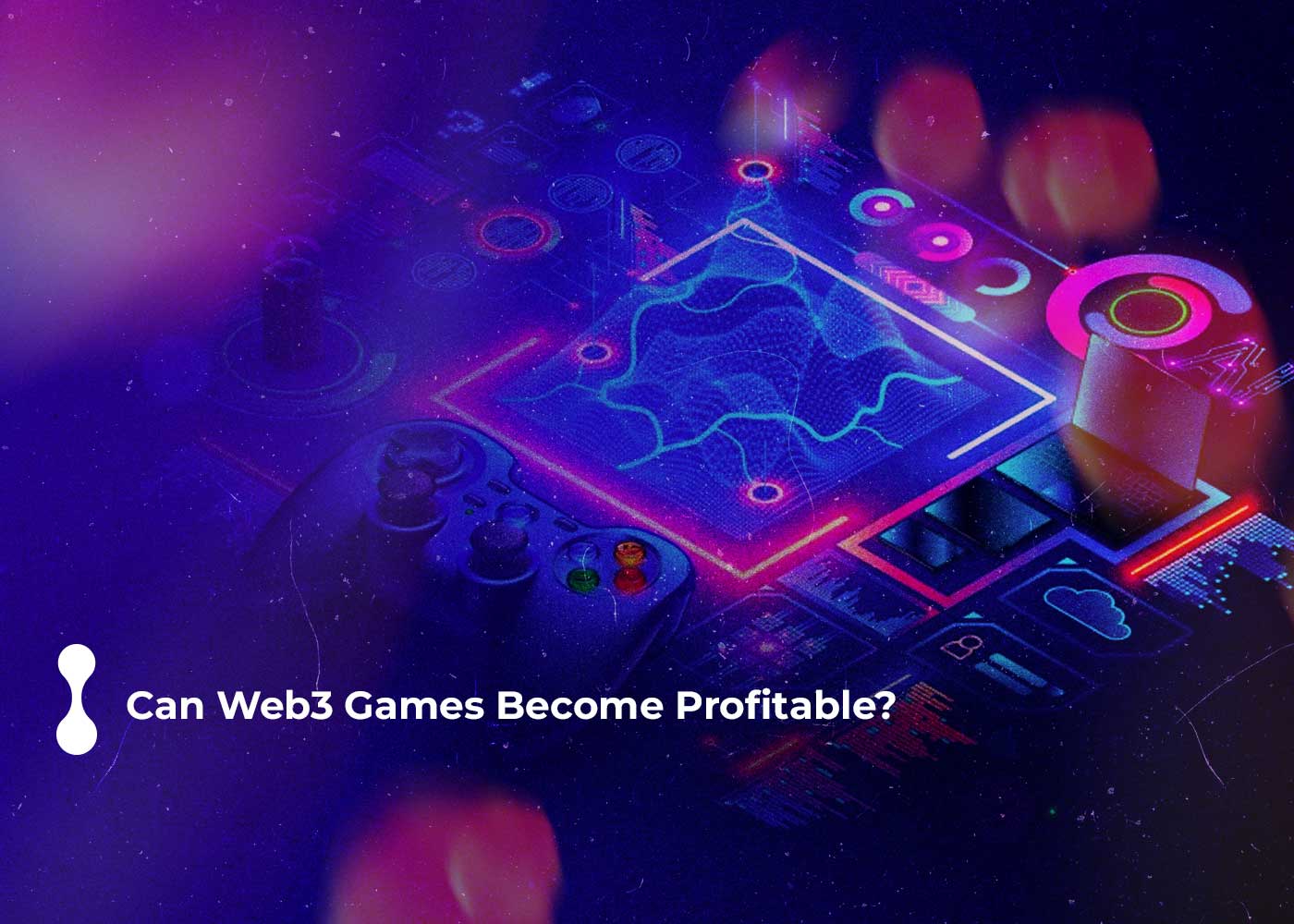Many small partners may be discouraged about web3 games, believing they will merely become another version of GameFi instead. However, this is far from the truth; GameFi and web3 games are entirely different entities. The former focuses on a play-to-earn model for players who subsequently become counterparties in transactions– contrary to Web3 games, whose purpose is “games first, profit later.” Therefore, do these types of games have a possibility of really being profitable? According to Blue Fox Notes’ perspective: Absolutely! There lies tremendous potential here that should be noticed.
It’s Important to Find Ways to Make People Spend More Time on Web3 Games
Currently, most web2 games are free to play. However, if web3 games required payment before playing began, most gamers would be unable to enter the game. But with a union like GameFi in place for its play-to-earn model, those who spend more time in the beginning will have an advantage and can obtain NFTs that they could then sell—which may eventually turn them into paying players.
There are more incentives for those invested in the game, like a higher chance of acquiring rare NFTs that grant certain benefits to make playtime even better! Only when players reach a critical mass their full potential can be unlocked.
Web 3 Games Should Be Aimed at Creating a Connected Community with Its Playability
Although web3 games may not be quite on the same level as their predecessors, those willing to take calculated risks by developing casual or lighter games can quickly accrue a substantial user base. After all, you don’t necessarily need AAA titles for gamers to have fun – some of the most popular and successful titles today were born from innovative ideas instead! As such, creative teams dedicated to making games will always find themselves at an advantage.

The characters and treasure NFTs used in web3 games must possess cultural and community attributes to improve their value. This will give them a spiritual connotation reflecting the game’s spirit and culture within its corresponding community, which would add substantial premium worth.
Web3 Games Should Be More Than Just Being A Profit Tool
The essence of attrition is that the main goal of a considerable proportion of players is no longer to make money through the game. Once everyone falls into the play-to-earn mode, then players become counterparties in the market. All players are essentially playing a zero-sum game because everyone expects to exit the market faster than others in a profitable manner. This is the game of GameFi, not the fun of web3 games.
The consumption of web3 games comes from the time payment of free players and the monetary payment of paying players. Although early free players didn’t pay, they gave their time and contributed to the game’s playability. Paying players supports the development of the game and the operation of the early economic mechanism through payment. Paying players increases gamer engagement by purchasing NFTs of free players. These all contribute to the gameplay.
Games Can Be Profitable Only If Players Feel A Loyalty To Web.3 Games
With player input (whether free or paid) and the game itself being playable, the game’s appeal creates a sense of community. Only then the real consumption takes place. When users really care about the game, users will actively purchase props or equipment, purchase characters, etc. The primary purpose of many users is no longer to earn income (the main goal of some users is to earn income, this is understandable and appropriate), then real consumption occurs.
You may be interested in: A New Danger in Cryptocurrency: Fake ChatGPT Tokens
